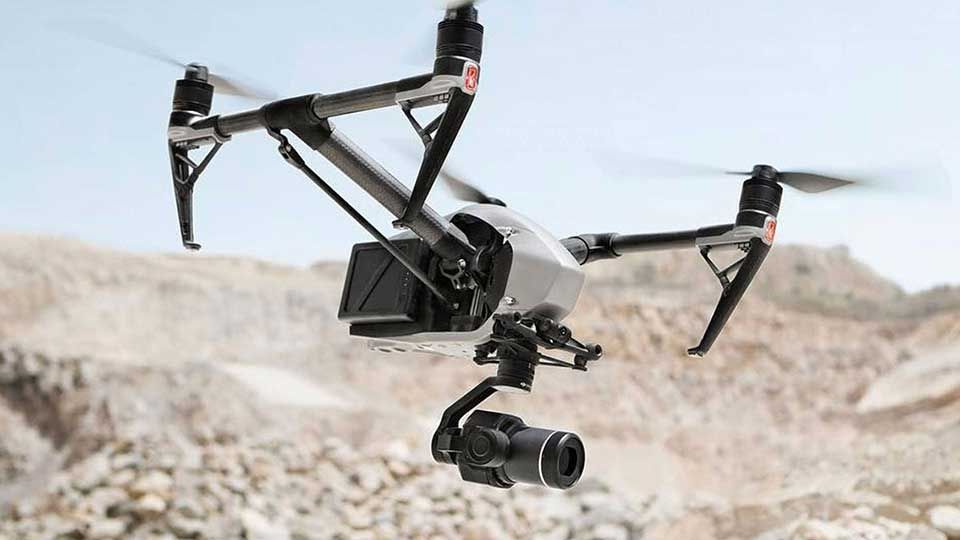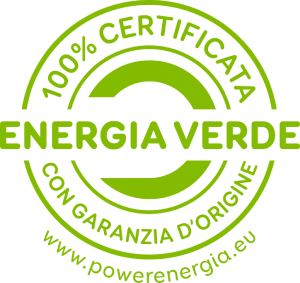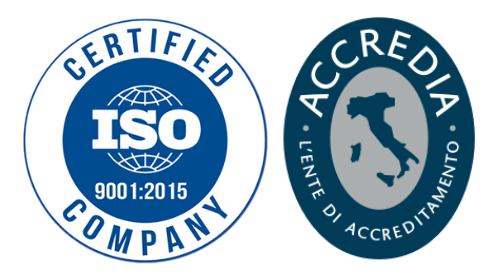Energy, Acoustic, and Thermal Measurements
All surveys conducted by
ZeroInfinito, in case of specific customer needs and/or under particular conditions, may be carried out using
DRONES
operated by Enac authorised personnel.
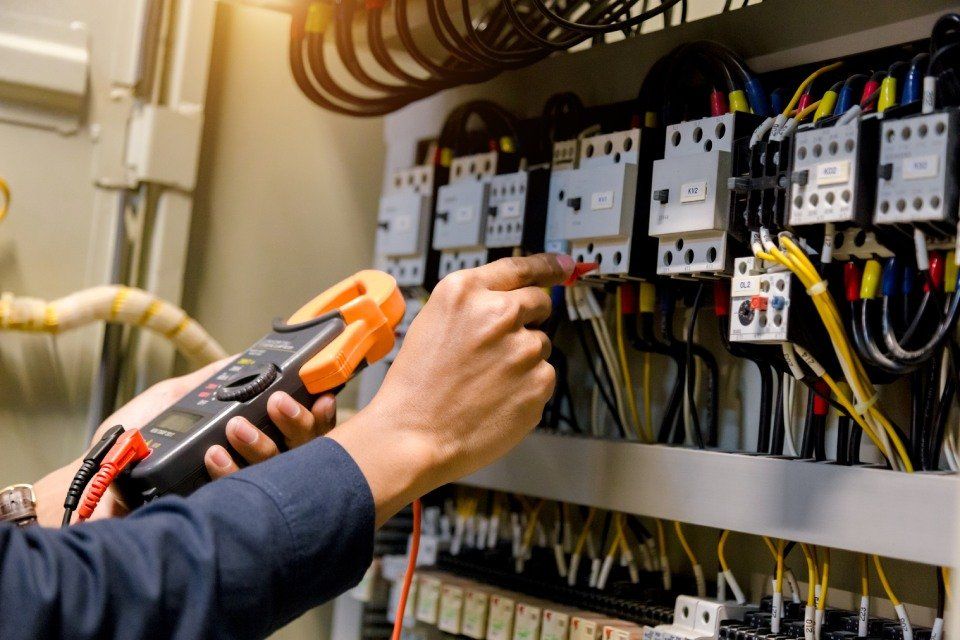
Titolo diapositiva
Scrivi qui la tua didascaliaPulsante
Electrical Measurements and Power Quality
In recent years, addressing energy costs in a precise manner has become a priority for all employers and a necessity for companies dealing with complex markets and situations.
To tackle costs, it's essential to know the main energy cost centres; hence, the need for accurate measurement of the relevant energy parameters.
-
QUANTIFICATION OF CONSUMPTION
Thanks to the equipment we use and the experience we have accumulated over the years, we are able to measure the consumption of the main energy vectors within a company.
Electrical Energy Measurement
We monitor electrical energy consumption using tools such as network analysers capable of quantifying consumption. Only personnel with specific skills and training in the field manage this equipment to optimise data acquisition points.
Thermal Energy Measurement
For quantifying thermal energy, we use non-invasive ultrasonic flow meters combined with temperature probes. This, in the presence of conductive fluids for sound waves (liquid phase), allows us to determine the quantity of calories or cooling units.
-
POWER QUALITY
In addition to the quantity of electrical energy consumed in a facility, the quality of energy plays a particularly important role in company energy costs. Systems controlled by inverters, the increasing use of electronic devices in machine control circuits, as well as the use of large inductive or capacitive loads, typically result in a degradation of power quality. This not only leads to penalties from the electricity supplier but also results in indirect costs in terms of losses, maintenance, and over-sizing of installations.
To address these issues, we plan comprehensive assessments of the company's power quality and assist management in choosing the most suitable technical solutions for the structure.
Assessment of
Pollution
and Acoustic Climate
The acoustic measurements carried out by Zeroinfinito are aimed at protecting against noise pollution in both workplace and residential buildings. These measurements lead to the evaluation of two fundamental parameters: noise impact and acoustic climate, which must comply with the passive acoustic requirements of buildings.
-
NOISE IMPACT
The publication of Framework Law 447/95 marked a significant step in protecting the population against noise pollution. Today, noise impact assessment is required for every potentially noisy activity and necessitates the adoption of technical measures to reduce emissions from sources associated with the activity. Noise impact assessment, a task handled by our experts, is also one of the documents required during the issuance of the Single Environmental Authorisation.
-
ACOUSTIC CLIMATE
The acoustic climate is understood as an assessment of the noise levels in an area before a specific project is constructed, modified, or expanded: an airport, an industrial facility, a shopping centre, a railway, etc. Acoustic climate assessment, one of the services we offer to companies and professionals, must encompass the entire area where the project will be implemented, with particular attention to the presence of sensitive receivers.
-
PASSIVE ACOUSTIC REQUIREMENTS OF BUILDINGS
Passive acoustic requirements are all those characteristics, derived from the type of materials, the type of systems, and their overall installation and construction in a building, that determine the acoustic quality of a property. In accordance with the DPCM 5/12/97 on the passive acoustic requirements of buildings, we offer acoustic studies based on UNI 11367 standard and on-site tests for the acoustic classification of real estate units.
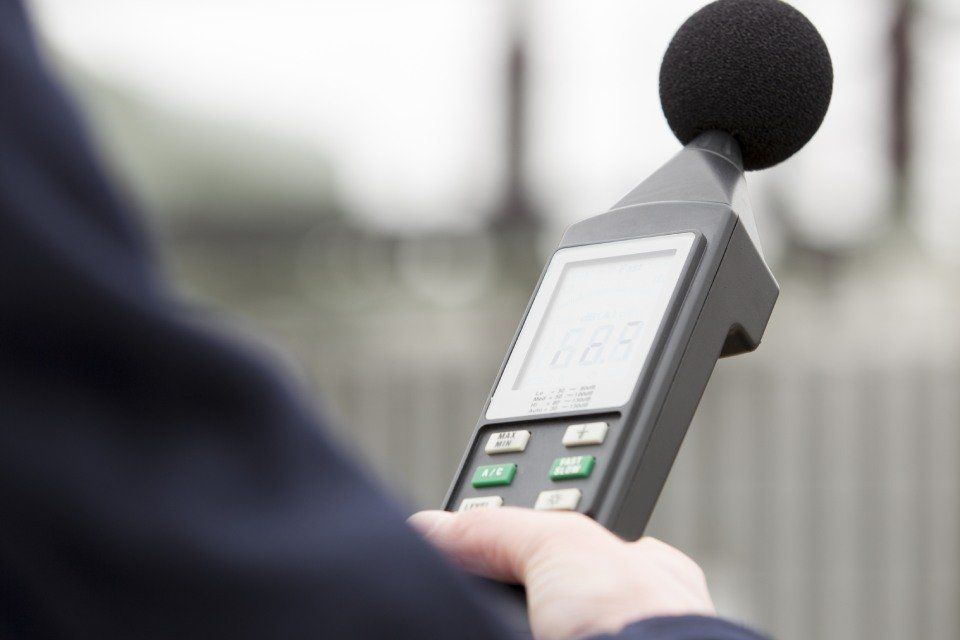
Titolo diapositiva
Scrivi qui la tua didascaliaPulsante
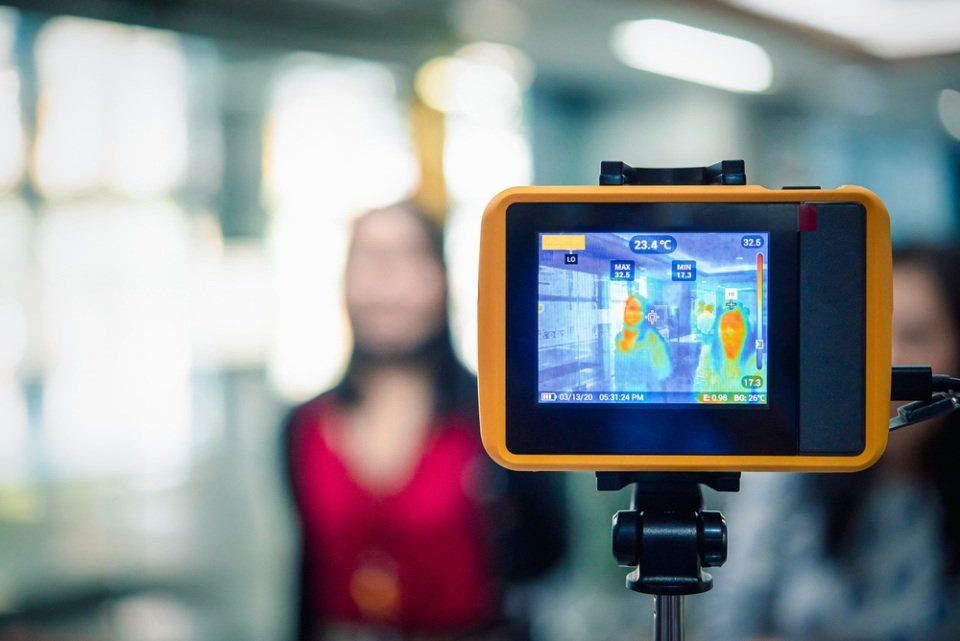
Titolo diapositiva
Scrivi qui la tua didascaliaPulsante
Thermographic Measurements
We provide a complete thermography service, including on-site inspections, thermographic surveys, and reports, with the assistance of technicians who hold Level 2 thermographic operator certification according to UNI EN ISO 9712 (civil/industrial sector). The report we generate is legally valid. Our service is available to various types of clients, from individuals seeking targeted building improvements to design firms in need of instrumental and diagnostic support, as well as companies looking to identify system inefficiencies and faults.
-
THERMOGRAPHY IN THE CIVIL SECTOR
The inspections conducted in this context enable the identification of:
Deterioration or inadequate thermal insulation of walls, floors, and roofs, thermal bridges, rising dampness from the ground due to capillarity, the presence of mould colonies in the embryonic phase, before they appear on the plastered surface of structures, plaster detachment, and water or other fluid leaks from hidden pipes.
-
THERMOGRAPHY IN THE INDUSTRIAL SECTOR
In the industrial sector, in addition to the uses already seen in the civil sector, it is possible to exploit the characteristics of thermography for other purposes.
Verification and preventive control of low and medium voltage electrical systems
The investigations carried out in this context allow the identification of: components operating abnormally or subject to breakdown, overloaded phases, issues due to improper tightening of conductors, electrical modules close to failure or in a faulty state, issues arising from the analysis of electric motors.
Verification and preventive control of complex production systems, such as: steel plants, paper mills, cement factories, thermal power stations, waste-to-energy plants, chemical industries, etc.
The investigations carried out in this context allow the identification of: anomalies that lead to machinery operating beyond their operating range and therefore under stress, worn components, plant and energy inefficiencies, piping with inadequate thermal insulation, and losses of thermal fluid.
-
THERMOGRAPHY ON PHOTOVOLTAIC SYSTEMS
Thermography not only provides reports for the verification and repair of the modules involved but can also offer a historical view of the evolution of localised defects. It allows for the identification of potential issues in a timely manner.
The inspection of the efficiency of photovoltaic panels must be carried out in accordance with standards IEC 61215 and IEC 61646, and thermography is one of the tools recommended by the standards for performing it. Investigations conducted in this context allow for the identification of: damaged modules, defects in cell connections, protective diodes in need of intervention, efficiency losses on panels with non-uniform temperature distribution due to cells or groups of cells with higher-than-normal temperatures.

Titolo diapositiva
Scrivi qui la tua didascaliaPulsante
Grazie per averci contattato. Ti risponderemo il più presto possibile.
Si è verificato un errore durante l'invio del messaggio. Riprova in un secondo momento.
Fill out the contact form to request energy, acoustic, and thermographic measurements



